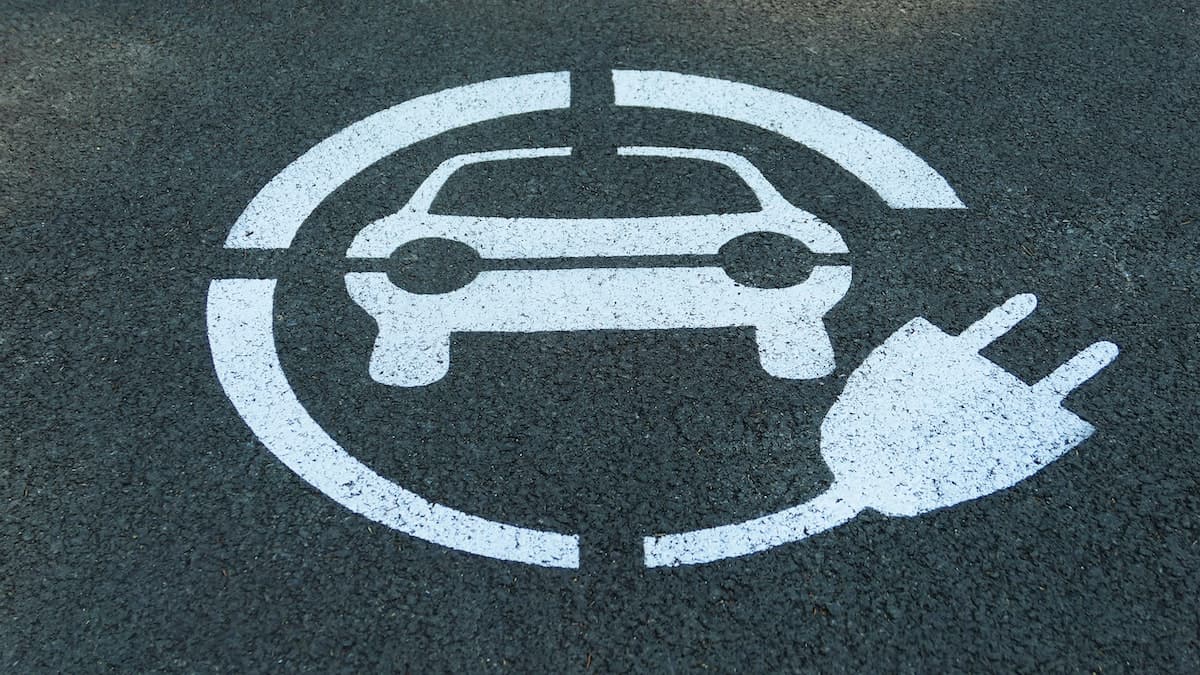Gas prices are on the rise and so are electric vehicle (EV) sales. Has the price at the pump given the EV industry a way to appeal to the average consumer?
On June 11th, the national average for a gallon of gas passed the five dollar mark, for the first time ever, peaking at $5.02. While prices have come down a bit since then, gas is still historically expensive.
Often big spikes in fossil fuel prices spark conversations about accelerating the transition to renewable alternatives and this recent increase is no different.
A March 25th survey conducted by George Mason University & Yale University, asked Americans what the most important priority should be for addressing the US’s current energy needs. A majority (62%) said it was to develop more renewable energy sources.
In the same survey, a similar majority (59%) either strongly or somewhat supported a policy that accelerated the transition to electric vehicles.
While EV sales in the US have grown by more than 103% since 2020 – indicating the transition may already be accelerating – they still represent under 5% of the total car and truck sales in the U.S.
And, there are other indications not all Americans are convinced. A CNBC poll from April of this year showed just 16% of Americans saying they were considering buying an EV over the next two years as a result of rising gas prices.
What’s driving this hesitancy? An IPSOS poll from September 2021 provides some clues.
Note: Adds to more than 100% due to multiple responses. Source: Ipsos Understanding Society, Wave 20 September 2021, Question 5 [31118672.00004].
Four major hurdles appear to stand in the way of EVs making the leap into the mainstream. The top two concerns non-EV drivers gave in the survey were unwillingness to part with their current vehicles (46%) and the high purchase price (45%). The next most common objections were limited driving range (28%) and a general lack of necessary charging infrastructure (22%).
Although these concerns foster a sense of EV reluctance among consumers, both the auto industry and the U.S. government have taken steps to alleviate them.
For instance, last November, President Biden signed the Bipartisan Infrastructure Law which allocated $7.5 billion for the construction of half a million EV charging stations along major US roadways.
In addition, the administration got the auto industry to agree to a voluntary target of increasing EV sales to 50% of total car sales in the US by 2030.
Buyers can get up to a $7,500 federal tax credit (but not for Teslas or GM EVs since the rebates end when a manufacturer has sold 200,000 qualifying vehicles) and there are some state incentives, as well. These help calm EV sticker shock.
But that’s changing, too. Over the past decade, the EV market has been largely dependent on environmentalists and those wealthy enough to afford what were almost always luxury models.
Now, manufacturers like Ford, Hyundai, Nissan, VW, and Toyota are bringing more reasonably-priced models to market.
This combination of lower-priced EV models, generous tax credits, increasingly common charging stations, and the high price of gas seems like it may be a “perfect storm” to rapidly accelerate a historic shift from gas-powered cars to battery-powered vehicles.
As with organic foods moving from an expensive luxury only bought by early adopters, EVs appear to be charging into the mainstream right here, right now.
This post was written by Marist Poll Media Team student Michael Bowler.

